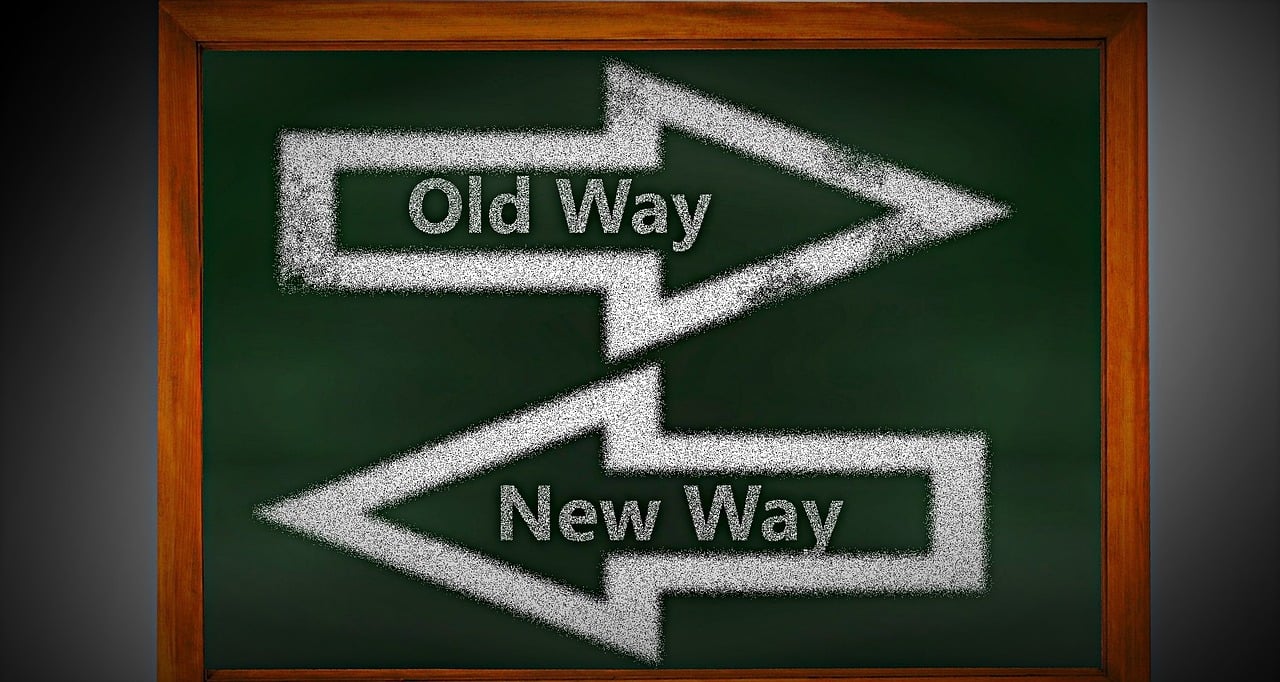To print this article, all you need is to be registered or login on Mondaq.com.
Following the 2023 passage of HF100, a bill that legalized
recreational cannabis use and sales in Minnesota, the Office of
Cannabis Management (“OCM”) now seeks public input as it
drafts administrative rules for Minnesota’s new cannabis
industry.1,2 As cannabis and hemp businesses excitedly
prepare for license applications to roll out (likely early 2025 at
the current rate), it is extremely important to understand the
slow-moving rulemaking process behind the law’s implementation.
The anticipated rules are expected to govern licensing criteria, as
well as better define numerous compliance requirements related to
manufacturing and retail operations, packaging and labeling,
testing, cannabis tracking systems, environmental controls, amongst
others. Paying attention to and engaging in the rulemaking process
will help prepare cannabis businesses for what is coming.
In general, an administrative rule is a statement adopted by an
agency to implement a law.3 An agency may adopt a rule
only after the legislature has granted the agency statutory
rulemaking authority, and a rule is only valid if it was properly
and validly promulgated.4 In Minnesota, the OCM is the
state agency that has been authorized to make rules, establish
policy, and exercise its regulatory authority over the cannabis and
hemp industries.5 A quick overview of the process, and
interesting issues for cannabis businesses, follows.
What is the Rulemaking Process?
The Legislature holds the power to direct executive branch
agencies to develop rules that implement a statute.6
Once properly adopted, rules have the force and effect of law.
Minnesota, like the federal government and most other states, has
an Administrative Procedure Act (“APA”), which is
intended to protect the public from abuse of agency
power.7 The APA establishes minimum due process
requirements and specifies the procedures that state agencies must
follow in adopting rules.8 However, because the
Minnesota legislature authorized the OCM to engage in expedited
rulemaking, a different—allegedly faster—rulemaking
process than the standard procedures is being used to implement
cannabis business rules.
What is the Expedited Process?
The expedited rulemaking process is a notice and comment
rulemaking with legal review by an administrative law judge in lieu
of public hearings or a statement of need and reasonableness.
Generally, state agencies in Minnesota can only bypass the
standard rulemaking procedures through an expedited process if
authorized by law.9 Here, the OCM is expressly
authorized to use the expedited rulemaking process for any rules
that are published in the State Register before July 1,
2025.10 Under this expedited process, an agency
publishes notice of its proposed rule in the State Register and
mails notices to those who have requested notice.11 The
agency must then allow at least thirty days for public
comment.12 At the end of the comment period, and after
an administrative law judge approves the form and legality, the
agency may adopt the rule.13 Unlike the customary
rulemaking process, there is no opportunity for a public hearing
under the expedited process, unless the legislature specifically
provides for this opportunity.14
What Will these Rules Address?
Despite HF100, the bill legalizing recreational cannabis use and
sales, being over three-hundred pages long, it still contains
numerous gaps and gray areas that must be clarified by the OCM.
Some of the areas to be addressed by the OCM’s rulemaking
process include:
- Licensing – license types, forms, procedures, required
disclosures, felony disqualifications, limits on licenses
held; - Social equity considerations;
- Manufacturing and retail (facilities and operations);
- Packaging and labeling;
- Testing (laboratory approval, sampling, protocols, and
standards); - Expedited complaint process (for local governments);
- Integrated cannabis tracking, inventory, and verification
system; - Environmental controls (odor limits, water use, energy use,
solid waste disposal); - Use of pesticides and fertilizers; and
- Others.15
These criteria are particularly important to cannabis
businesses, as this information will fill in the gaps that HF100
left.16 For example, although the law provides eight
categories that license applicants will be scored on, it does not
specify the weight of each category (excluding the social equity
criteria, which must account for at least 20 percent of the total
available points).17 The current law also leaves the
agency to determine the number of licenses available in each
category.18 It requires only that the office issue
“the necessary number . . . to ensure the sufficient supply of
cannabis flower and cannabis products to meet demand, provide
market stability, ensure a competitive market, and limit the sale
of unregulated cannabis flower and cannabis
products.”19 What does that mean, exactly? The
answer is whatever the OCM interprets to mean—so long as the
OCM definition is not arbitrary and capricious (read:
reasonable).
Cannabis businesses are patiently awaiting other important rules
that will impact their operating plans. For example, the OCM
“may establish limits on the total THC” in cannabis
flower and other products, set or increase limits on plant canopy
size or the amount of manufacturing for certain business types,
like microbusinesses and mezzobusinesses.20 Testing
requirements remain to be filled in by OCM, including the
procedures and standards for testing, as well as the allowable
levels of certain contaminants, and other environmental standards
that cannabis businesses must comply with related to water, energy,
solid waste, and odor.21 Importantly, the office must
establish certification, testing, and labeling requirements for
grow methods, including growth from seed, clone, cutting, or tissue
culture.22 Even the process that local government units
must follow to make a complaint about a cannabis business is left
for the OCM to decide.23
In sum, the success of the cannabis market in Minnesota will
rise and fall on the rules implemented by OCM. And, drafting
successful rules will be no easy feat, given the numerous areas
left to the OCM to determine by the Minnesota legislature.
What is the Rulemaking Status at OCM?
Since Fall 2023, the OCM has been busy engaging the public and
drafting rules. The OCM concluded its seventh, and final, public
input survey on February 26, 2024. OCM officials stated on a public
webinar that they expect rules to be formally proposed sometime
during fall 2024.24 At that point, the mandatory 30-day
public comment period would begin, and further revisions could be
made.25 In the meantime, the OCM may begin issuing
temporary licenses as early as this summer to social equity
applicants, depending on the passage of S.F. 4782, in an effort to
prevent a licensing bottleneck and increase opportunities for
social equity-owned businesses to establish property and capital
resources before retail begins in 2025.26
For now, what is the best thing for an interested cannabis or
hemp business to do? Stay aware of any communications from the OCM
and follow the journey of S.F. 4782 through the 2024 legislative
session. As the regulatory landscape continues to form, the ability
for a cannabis business to quickly adapt its business plans and
expectations is vital.
Footnotes
1. Drafting and research assistance
provided by Rebecca L. Favre, Eckland & Blando Law Clerk.
2. Rulemaking Overview, Minnesota Office
of Cannabis Management, https://cannabis.mn.gov/rulemaking.html.
3. Minnesota Administrative Rules, Office
of the Revisor of Statutes, https://www.revisor.mn.gov/rules/info/.
4. Id.
5. Minn. Stat. § 342.02.
6. Administrative Rulemaking, Office of
the Legislative Auditor-Program Evaluation Division, https://www.auditor.leg.state.mn.us/ped/1993/pe9304.htm#:~:text=Minnesota’s%20Rulemaking%20Process&text=In%201980%2C%20the%20APA%20was,%2D%2Dremain%20in%20effect%20today.
7. Id.
8. Id.
9. Mark Shepard, Rulemaking: Expedited
Process and Exemptions, House Research (June 2012), https://www.house.mn.gov/comm/docs/RulemakingExpeditedProcessandExemptions.pdf.
10. Minn. Stat. § 342.02, subd.
5.
11. Mark Shepard, Rulemaking: Expedited
Process and Exemptions, House Research (June 2012), https://www.house.mn.gov/comm/docs/RulemakingExpeditedProcessandExemptions.pdf.
12. Id.
13. Id.
14. Id.
15. Rulemaking Overview, Minnesota Office
of Cannabis Management, https://cannabis.mn.gov/rulemaking.html.
16. If, however, S.F. 4782 passes during
the 2024 legislative session, this may alter some of the analysis
that follows regarding gaps in the law.
17. Minn. Stat. § 342.18(subd.
3).
18. Minn. Stat. § 342.18(subd.
2).
19. Id.
20. Minn. Stat. § 342.06(c); §
342.28(subd. 2)(c).
21. Minn. Stat. § 342.61; §
342.08.
22. Minn. Stat. § 342.07(subd.
1).
23. Minn. Stat. § 342.13.
24. Ben Adlin, Minnesota Marijuana
Regulators Outline Plan To ‘Expedite’ Legal Sales And Give
‘Early Advantages’ To Equity Businesses, Marijuana Moment,
(Feb. 1, 2024), https://www.marijuanamoment.net/minnesota-marijuana-regulators-outline-plan-to-expedite-legal-sales-and-give-early-advantages-to-equity-businesses/.
25. Id.
26. Id.
The content of this article is intended to provide a general
guide to the subject matter. Specialist advice should be sought
about your specific circumstances.
#Green #Tape #Rulemaking #Process #Cannabis #Legislation





![Yes, You Can Convert To A New Case Management Software [Sponsored]](https://namesit.xyz/wp-content/uploads/2024/09/board-978179_1280-1-150x150.jpg)




